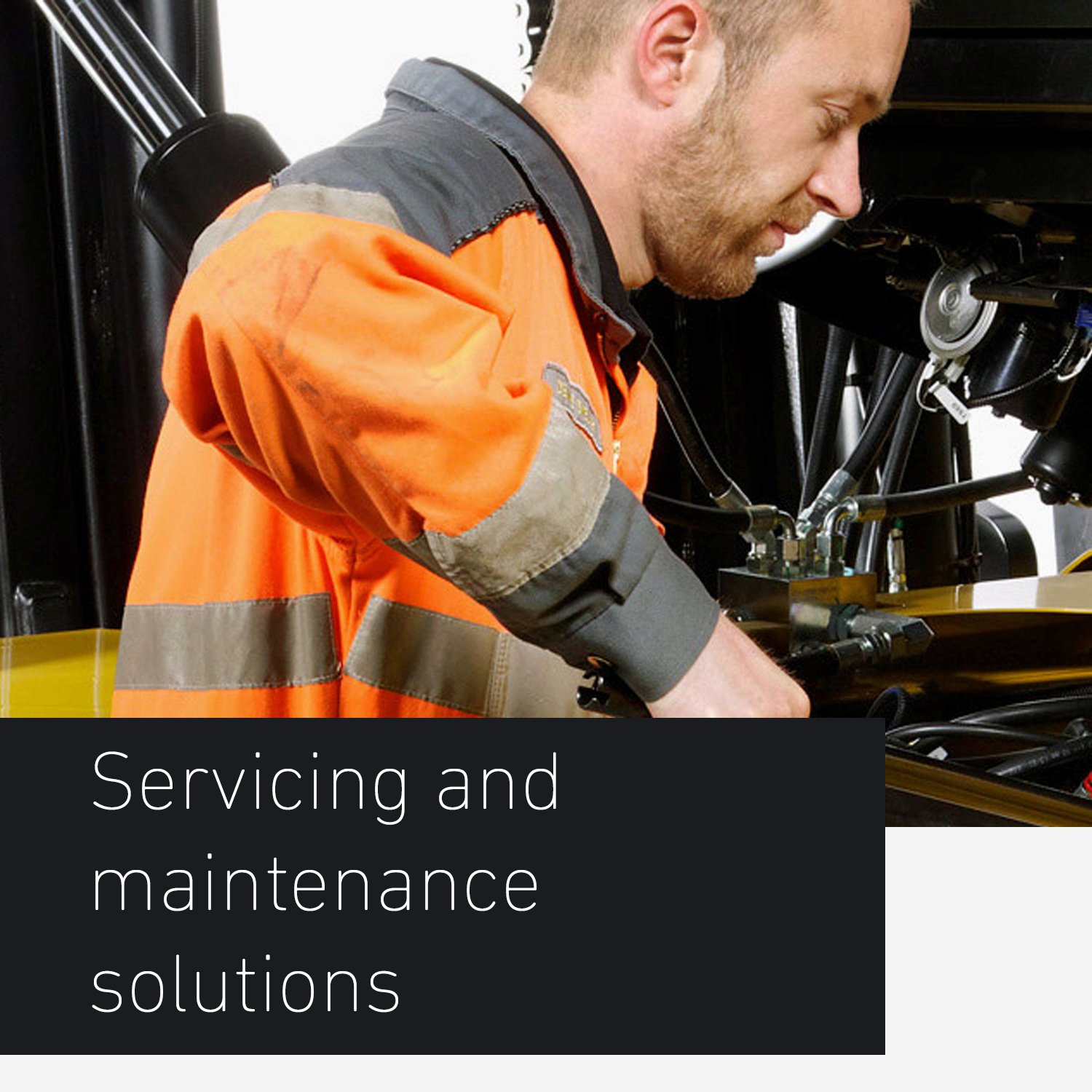
Articles

Forklifts, also known as forklift trucks, are indispensable material-handling machines utilized in warehouses, distribution centers, and various industries worldwide. These powerful vehicles play a crucial role in streamlining operations, improving productivity, and enhancing safety. In this comprehensive guide, we will explore the key aspects of forklifts, including their functionality, types, safety measures, and the importance of forklift safety products. Read on to discover how forklifts can revolutionize your material handling operations while ensuring a secure work environment.
-
Forklifts: A Versatile Material Handling Solution
Forklifts are specialized vehicles specifically designed for lifting, carrying, and stacking heavy loads. Their versatility stems from their ability to maneuver in tight spaces, handle various load capacities, and adapt to different terrains. Forklifts are commonly used for loading and unloading goods from trucks, organizing inventory in warehouses, and transporting materials within a facility.
Understanding Forklift Types and Configurations
Counterbalance Forklifts: The most common type of forklift, featuring a weight distribution system that counterbalances the load being lifted. Counterbalance forklifts are suitable for indoor and outdoor applications and come in electric, diesel, or gas-powered options.
Reach Trucks: Ideal for narrow aisle operations, reach trucks are designed to extend the forks forward, allowing them to access high racking and maximize vertical storage space.
Order Pickers: Specifically designed for order picking tasks, these forklifts allow operators to elevate themselves along with the load, making it easier to access items stored at different heights.
Forklift Safety: Ensuring a Secure Work Environment
- Operator Training and Certification: Proper training and certification programs are crucial for forklift operators to understand safe operating procedures, load-handling techniques, and navigation in different environments. Regular refresher courses help reinforce safe practices and ensure ongoing compliance.
- Pre-Operational Inspections: Prior to each shift, forklift operators should conduct thorough inspections of the vehicle, checking for any mechanical issues, fluid leaks, damaged components, or worn-out tires. This helps identify potential hazards and ensures the forklift is in optimal working condition.
- Load Capacity and Stability: It is essential to adhere to the forklift’s specified load capacity to prevent tip-overs or accidents. Overloading the forklift can compromise stability, leading to dangerous situations. Operators should also ensure that loads are properly secured and balanced on the forks.
Forklift Safety Products: Enhancing Operational Safety
- Forklift Safety Lights: These lights provide additional visibility in dimly lit areas or when operating in reverse. They can alert pedestrians and other operators of the forklift’s presence, reducing the risk of collisions.
- Forklift Safety Barriers: Physical barriers, such as safety guardrails and bollards, help segregate forklift traffic from pedestrian areas, preventing accidents and promoting a safer work environment.
- Forklift Safety Alarms and Sensors: Audible alarms and proximity sensors can alert operators to potential hazards, such as objects or individuals in the vicinity of the forklift, enhancing situational awareness and preventing accidents.
-
The Importance of Forklift Operator Safety Training
– Understanding the Risks and Hazards Associated with Operating Forklifts
– Legal and Regulatory Requirements for Forklift Operator Training
– Essential Topics to Cover in Forklift Operator Training
– Emphasizing Safe Operating Procedures and Techniques
-
Practical Training and Hands-On Experience
– Providing Opportunities for Realistic Forklift Operation Simulations
– Supervised Practice Sessions for Skill Development
-
Classroom Instruction and Theory
– Educating Operators on Forklift Components, Controls, and Maintenance
– Explaining Load Handling Principles and Safe Load Management Techniques
Evaluating Forklift Operator Performance and Competence
- Written Examinations and Assessments
– Administering Written Tests to Assess Knowledge Retention
– Assessing Understanding of Safety Regulations and Best Practices
- Practical Skills Assessments
– Conducting Practical Evaluations to Gauge Operator Competence
– Assessing Proficiency in Maneuvering, Lifting, and Load Handling
- Ongoing Evaluation and Refresher Training
– Implementing Regular Performance Reviews and Skill Assessments
– Providing Continuous Training Opportunities to Reinforce Safety Practices
– Promoting a Safety-First Mindset Among Management Personnel
– Encouraging Active Participation in Safety Initiatives
- Creating a Culture of Accountability
– Setting Clear Expectations for Forklift Operators’ Safety Responsibilities
– Implementing Reporting Systems for Near Misses and Incidents
- Communication and Safety Awareness
– Promoting Open Communication Channels for Safety Concerns
– Conducting Regular Safety Meetings and Toolbox Talks
- Continuous Improvement and Training Updates
– Staying Up-to-Date with Changing Regulations and Industry Best Practices
– Providing Ongoing Training and Updates to Reflect New Developments
Conclusion:
Forklifts play a vital role in optimizing material handling operations, improving productivity, and ensuring efficient warehouse management. By adhering to proper safety measures, providing comprehensive training for operators, and utilizing forklift safety products, businesses can create a secure work environment and prevent accidents. Embracing the versatility and power of forklifts, while prioritizing safety, enables businesses to enhance efficiency, streamline operations, and achieve their material handling goals successfully.

